Introduction to Acid Washing
One weekend, faced with my friend’s mud-caked Jeep, I realized just how profound the impact of proper car detailing could be. As an engineer who’d spent years seeing the aftermath of improper cleaning techniques, I decided to introduce myself to the world of acid washing a car. The result was an impeccably clean vehicle that forever altered my view on maintaining automotive appearance.
If you’re keen on transforming your own detailing techniques, understanding the nuances of acid cleaning for cars is crucial. This powerful process can breathe new life into any vehicle, but it demands respect and precision. In this guide, we’ll explore what every detailer needs to know about acid washing, from the foundational steps to the safety measures you shouldn’t overlook. Stay with me as I share my insights and help you master this essential detailing technique.
Why Perform Acid Washing?
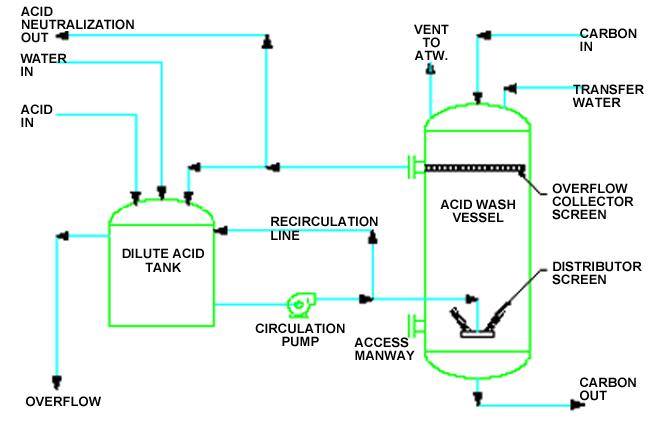
During my time as a detailer, I once received a distressed call from a new Jeep owner. They struggled with unsightly hard water spots after a rainy season. With a quick acid wash, we not only removed those spots but also prevented rust from settling in—a stark reminder of the potential dangers hiding on the surface.
Ever wondered why acid washing is your car’s best friend against stubborn stains? Let’s explore its true purpose. The primary reason we perform acid washing is its unparalleled ability to tackle mineral deposits and contaminants that conventional washing leaves behind. I’ve seen firsthand how acid washing can transform a vehicle, breathing new life into paintwork dulled by those persistent blemishes. It’s not just about aesthetics, though. Regular washing might miss those covert contaminants that quietly corrode the metal beneath, but an acid wash penetrates and neutralizes them. This preventative approach ensures that your car remains rust-free, extending its lifespan significantly.
In essence, acid washing acts as a comprehensive remedy and a proactive measure. It’s an indispensable part of maintaining a car’s pristine condition, especially if you’ve faced nature’s wrath like unexpected rain showers. Understanding its true purpose and potential protects not just the car’s appearance but its very structure, promising many more adventures on the road.
Who Should Perform Acid Washing?
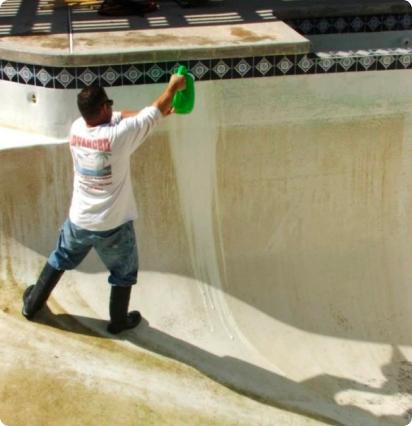
Is acid washing a DIY job or should it be left to professionals? Let’s clarify. I remember the first time I attempted an acid wash at home. Armed with knowledge but lacking experience, I made a few rookie mistakes that led to more mess than I anticipated. Acid washing is a powerful technique that, when done right, can unveil an immaculate finish by eliminating mineral deposits and stubborn stains. Yet, the process demands precision and careful handling to avoid unintended damage. The chemical nature of acid products means that a misstep can result in harm to your car’s paint, trim, or even your own health.
While some might feel tempted to try it themselves, I stress that experience matters in this context. Professional detailers like myself spend years honing their skills, learning the specific needs of different vehicles. Taking on acid washing as a DIY venture can be risky without the right expertise. My journey taught me that often, preserving the aesthetic integrity of a car requires a seasoned professional’s touch. If you’re considering this method, weigh your confidence and experience. Sometimes, letting a pro handle it not only saves time but ensures a flawless finish.
When to Acid Wash a Car?
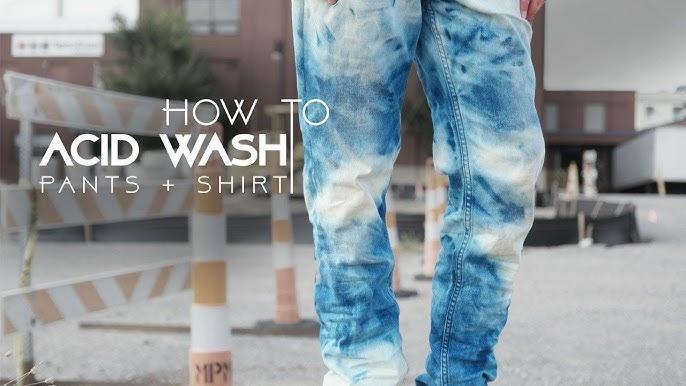
Timing is everything! But when is the best time to give your car an acid wash? I once missed the perfect window after a long road trip with a group of friends. I let dirt and grime settle for weeks, leading to a more difficult acid wash. Now, I tell everyone to act fast—determine the right moment right after any major exposure to the elements. Think about those extended drives through dusty roads or heavy rainstorms—these situations create the ideal conditions for contaminant buildup. When you spot these opportunities, seize them! The faster you act, the easier the wash, preserving your car’s shine and finish.
How to Acid Wash a Car: Step-by-Step Guide
Preparing Your Vehicle
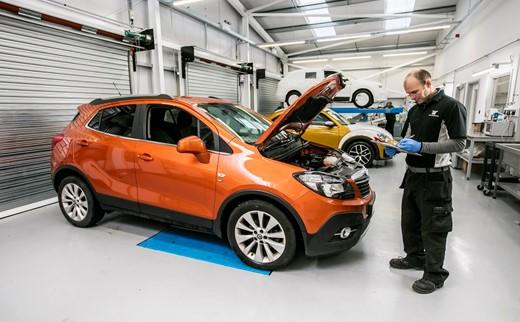
Preparation makes perfect—are you ready to safeguard your vehicle before an acid wash? This step is vital and ensures the process enhances your results rather than causing unnecessary damage. When I was prepping my vehicle one rainy afternoon, I encountered a forgotten layer of mud beneath the surface. It was laziness on my part, nearly leading to a costly error. Removing excess grime is a critical aspect of pre-wash preparations; it’s about extracting hidden debris that could react poorly with the acidic solutions.
Safety precautions are also key. From using the right safety gear to ensuring a well-ventilated area, this lays the groundwork for a successful acid wash. Imagine diving right in without checking for dirt and residue—disastrous. Plus, using appropriate automotive cleaning solutions helps prevent surface damage and enhances the wash. My experience has shown that the right prep makes the irresistible shine of a perfectly detailed finish achievable and safe. With preparation done right, we step confidently into the meticulous process of choosing the right products.
Choosing the Right Products

The right tools can make all the difference! Do you know what products to choose for an effective acid wash? Early in my detailing career, I discovered the impacts of product choice the hard way. A subpar acid wash solution ruined a friend’s paint. Now, as a seasoned detailer, I meticulously select car cleaning products that balance both effectiveness and safety.
When it comes to detailing acids, it’s crucial to prioritize quality over cost. Investing in high-quality products ensures that the acids are strong enough to remove stubborn contaminants without damaging the vehicle’s finish. I recommend selecting products specifically formulated for automotive use, avoiding harsh household acids that can wreak havoc on your car’s surface.
In addition to acids, it’s essential to use the proper supplemental materials like microfiber cloths and neutralizing agents to ensure a successful wash. By choosing the right products, you’re not just cleaning a car; you’re preserving its value and appearance. With the right preparations completed, let’s delve into executing the acid wash technique effectively.
Executing the Acid Wash Technique
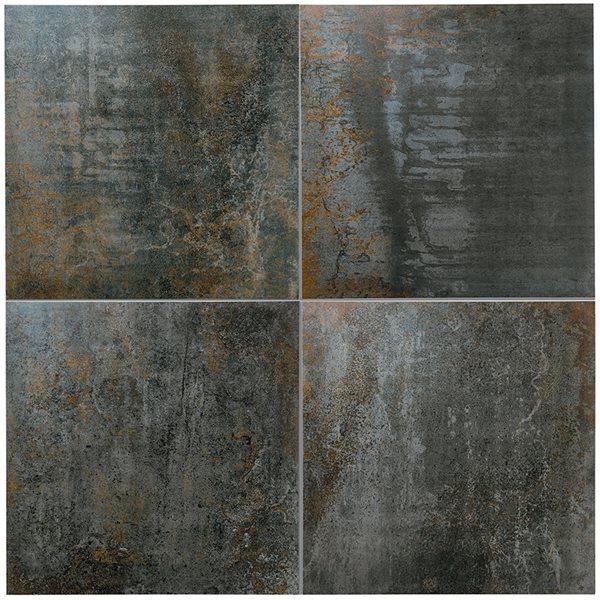
Let’s get hands-on—what’s the secret behind the perfect acid wash technique? As a seasoned detailer, I’ve learned that precision and speed are paramount when executing the acid wash car process. The first time I tried it, I mistakenly allowed the acid to linger too long, leading to overexposed areas. This early misstep taught me that the clock is your ally, urging me to move efficiently yet thoroughly.
The execution begins with the selection of your tools and chemicals. You need a bucket of water, a neutralizer, and your chosen acid. Always start by thoroughly wetting the car’s surface. This forms a barrier to prevent any abrupt reactions. With the car prepped, I apply the acid using a soft, non-abrasive applicator, ensuring continuous motion to avert potential etching. Never should the acid sit in a single spot beyond a few seconds; it’s critical to keep moving.
Once the acid wash car step is complete, a thorough rinse with water follows to remove the residues. Immediately after, I neutralize any remaining acid to maintain the integrity of the car’s surface. The pursuit of the perfect acid wash lies in balancing speed with meticulous attention, ensuring each section is treated evenly.
With these steps mastered, you’re ready to delve deeper into safety considerations, ensuring both your vehicle and you are protected throughout. Remember, knowledge and practice make all the difference in achieving a professional finish without compromising on safety.
Safety Considerations for Acid Washing
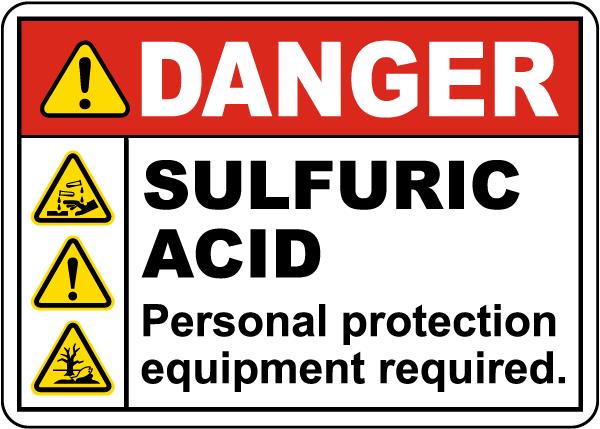
Safety first! What precautions should every detailer take before acid washing? As a Jeep engineer, safety has always been my watchword, especially when dealing with potentially hazardous practices like acid washing a car. I learned a vital lesson when a colleague of mine suffered minor chemical burns due to inadequate protection. Let’s dive into what you need to know to avoid such mistakes.
Firstly, personal protective equipment (PPE) isn’t just an option—it’s a necessity. I cannot emphasize enough how crucial it is to wear gloves, goggles, and protective clothing. These measures serve as your first line of defense against the chemical hazards of acid washing. Make sure you’re working in a well-ventilated area to prevent inhaling harmful fumes. And remember, accidents happen when we rush. Slow down to double-check that your workspace is equipped and your procedures are understood.
With these safety considerations in place, you ensure the process remains an effective and secure way to revitalize a car’s exterior. Protect yourself, and you’ll not only safeguard your health but uphold the professional integrity of your detailing work.
FAQs
What is acid washing in car detailing?
Acid washing in car detailing is a process that involves using a specially formulated acidic solution to remove stubborn contaminants like mineral deposits, rust, and oxidation from the car’s surface.
When should you use acid washing on a car?
Acid washing should be used when traditional cleaning methods fail to remove heavy oxidation, water spots, or other tough stains. It is typically applied to older vehicles with significant build-up that cannot be addressed with regular washing.
What precautions should be taken during acid washing?
When performing acid washing, it is crucial to wear protective gear, like gloves and goggles, work in a well-ventilated area, and follow the manufacturer’s instructions carefully to avoid damaging the vehicle’s paint or other components.
How do you neutralize acid after washing?
After acid washing, neutralize the acidic residue by thoroughly rinsing the car with a solution of baking soda and water, followed by clear water to prevent any damage from leftover acid.
Can acid washing damage my car’s paint?
If used improperly, acid washing can damage the car’s paint. It is essential to use the correct acid concentration, limit the contact time, and neutralize the acid completely to minimize risks.
Conclusion
Reflecting on my years in the automotive industry, I realize that acid washing isn’t just a technique, but an art form. As we wrap up, what are the key takeaways on acid washing that you must remember? This essential car maintenance practice, rooted in precise car detailing techniques, requires more than just the right products; it demands respect for timing and safety. Every wash I’ve performed has taught me valuable lessons—whether it’s about product choice or when to act. As you embark on your acid washing journey, remember: it’s as much about care as it is about technique.